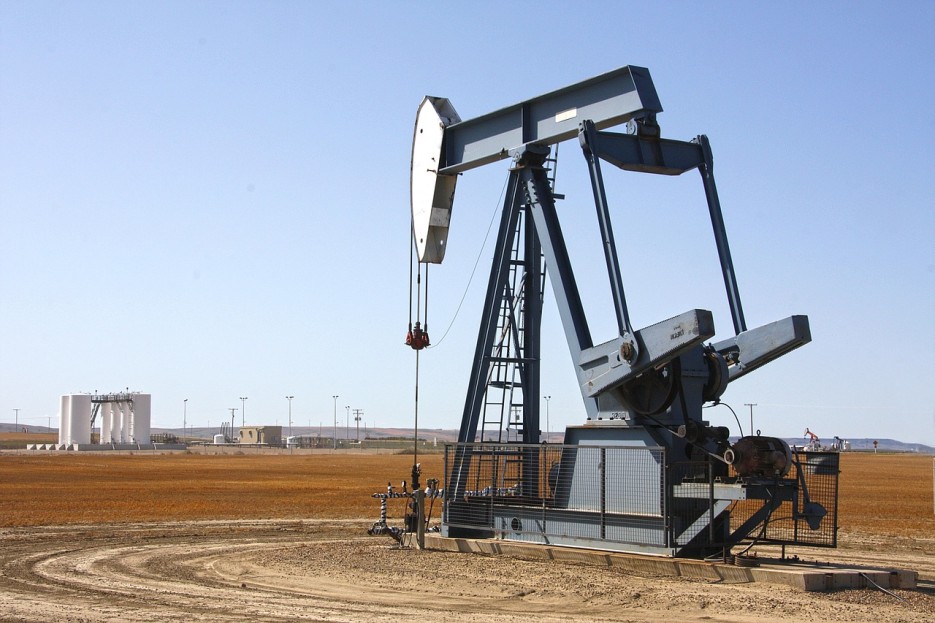
Oil prices continued to climb Thursday, erasing earlier losses and settling at their highest point since October 2023. This surge comes amidst escalating tensions in both the Middle East and Eastern Europe, raising concerns about potential disruptions to global oil supplies.
*Digital Weekday earns a commission for products purchased through links included in this article.*
West Texas Intermediate (WTI) crude hovered close to $87 a barrel. Brent crude was settling over $90 a barrel, with steady increases in prices the past several weeks.
The primary driver behind the price hike appears to be the recent drone attacks launched by Ukraine against Russian oil infrastructure that are estimated to have removed up to 600,000 barrels of daily production.
The potential loss of Russian oil supplies has rattled investors. This comes despite pleas from the Biden administration for Ukraine to suspend its attacks on Russian oil infrastructure.
While the situation in the Middle East also fueled anxieties, experts believe the immediate threat may be closely correlated with the Ukraine-Russia conflict.
Despite some initial worries, tensions between Israel and Iran, fueled by an Israeli strike on an Iranian consulate in Damascus, appear not to have directly affected oil prices to a large degree. However, heightened Israeli security measures and a warning from President Biden to Prime Minister Netanyahu regarding the humanitarian situation in Gaza highlight the volatility of the region.
This recent price surge follows a year-long trend of rising oil costs. Both WTI and Brent crude have seen significant gains in 2024, with WTI up over 20%. This year-on-year increase is attributed to a combination of factors, including geopolitical tensions, a tightening global crude market, and the ongoing war in Ukraine along with a possible supply shortage following a decision by OPEC to keep oil production subdued.
As the situation in both Eastern Europe and the Middle East remains uncertain, consumers and businesses can expect continued volatility in oil prices for the foreseeable future.
Further reading
You might like WSJ bestselling book “The New Map: Energy, Climate, and the Clash of Nations” by author Daniel Yergin discussing the impact of energy and the clashing power of nations in geopolitics.
Disclaimer: Digital Weekday receives a commission when a product is purchased through affiliate link(s) included in this article.
